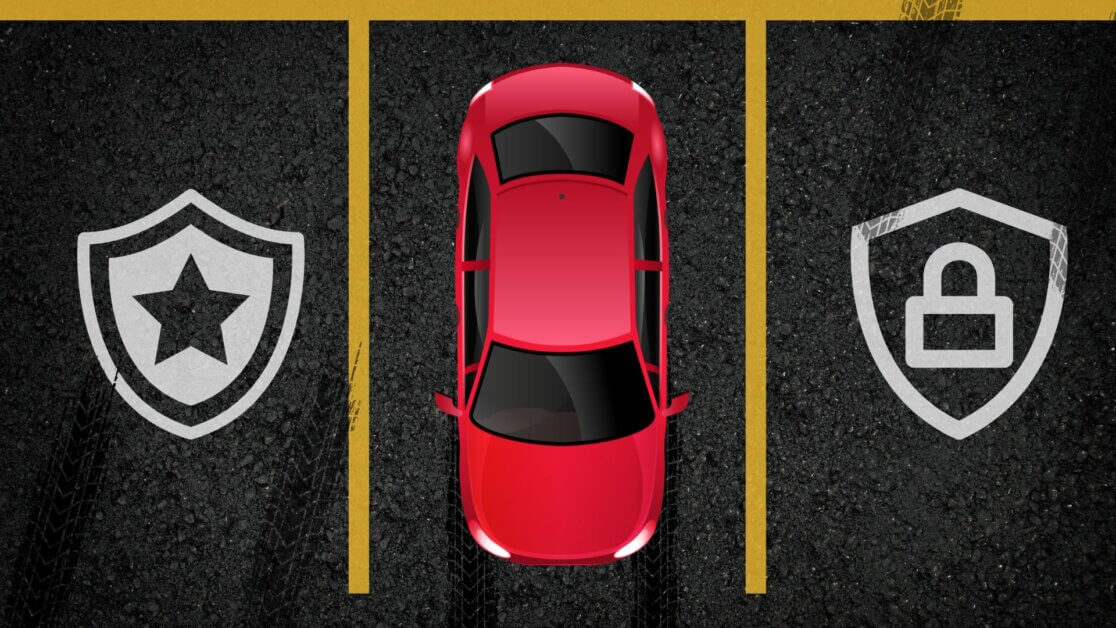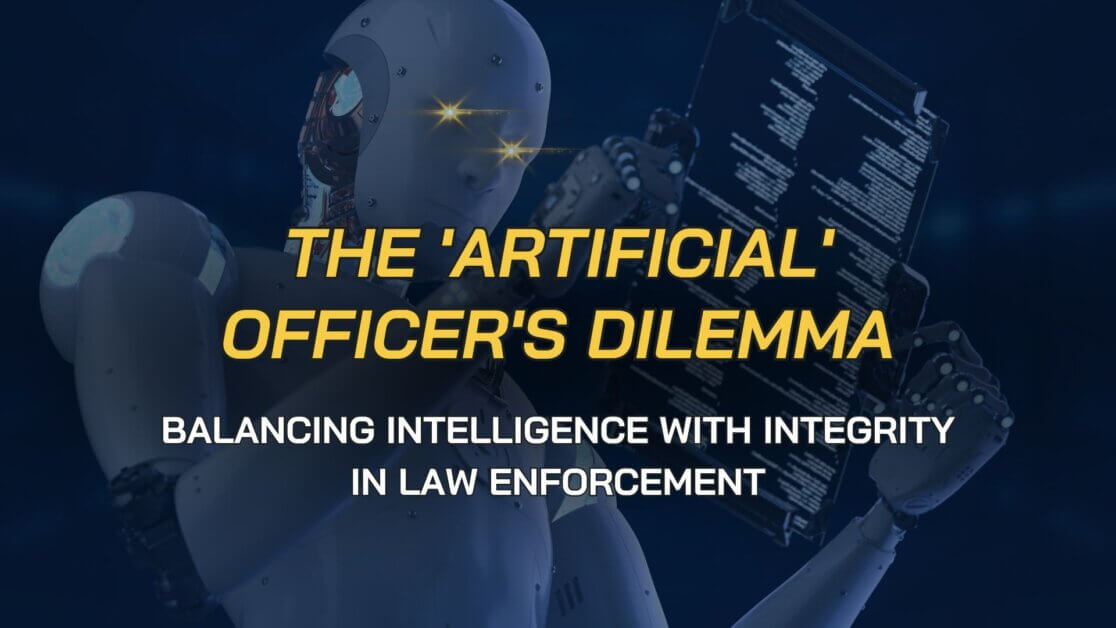Our case today, from the United States Court of Appeals for the Tenth Circuit, outlines qualified immunity and excessive use of force. Before we get into the details of the case, a recap of qualified immunity when it is weighed against alleged excessive force: the plaintiff must establish that the officer’s use of force was objectively unreasonable. When examining reasonableness, the court evaluates the facts of the case using Graham v. Connor from SCOTUS. Graham teaches us to consider:
- the severity of the crime at issue;
- whether the suspect poses an immediate threat to the safety of the officer or others; and
- whether the suspect is actively resisting arrest or attempting to evade arrest by flight.
It is also important to note that the reasonableness of use of force must be “judged from the perspective of a reasonable officer on the scene, rather than with the 20/20 vision of hindsight.” In other words, you are not viewing the case as someone who is examining it with all of the facts that you have gathered later on; the court will examine the case based on what they think another officer would do in the same situation. The court also recognizes “that police officers are often forced to make split-second judgments—in circumstances that are tense, uncertain, and rapidly evolving—about the amount of force that is necessary in a particular situation.” And finally, if a reasonable officer’s “position would have had probable cause to believe that there was a threat of serious physical harm to themselves or to others,” that officer’s use of force is permissible.
FACTS
On August 11, 2014, at approximately 7:00 p.m., Officer Bron Cruz heard a radio transmission stating that a man located at the intersection of 1900 South Street and 200 East Street “flashed a gun” but did not make a threat. Officer Cruz learned that the man was accompanied by a second man and received physical descriptions of both men. Officer Cruz was not informed which man had “flashed” the firearm.
Officer Cruz responded to the area and saw three men, two of whom matched the previous descriptions he had received. While waiting for back up officers to arrive, the three men, later identified as Dillon Taylor (Taylor), Jerrail Taylor (JT), and Adam Thayne (Thayne), entered a 7-11 convenience store. In the meantime, Officers Andrew Sylleloglou and Uppsen Downes arrived. When the men exited the store, Officers Cruz and Sylleloglou ordered the men to stop and put their hands above their heads. Officer Downes detained Thayne and JT after they put their hands up and complied with the officers’ commands. However, Taylor made a 180-degree turn and started walking away from the officers. Officer Sylleloglou ordered Taylor to stop and show his hands, but he continued to walk away. Both officers followed Taylor with their guns drawn but not pointed at him. Officer Sylleloglou moved parallel to Taylor and continued to order him to stop and show his hands, but he refused to comply. Officer Cruz walked behind Taylor, who was wearing a baggy t-shirt and baggy pants with the shirt hanging outside the pants. Shortly after he started walking, Taylor appeared to pull up his pants by reaching his hands down on either side of his pants and tugging them upwards.
Approximately nine seconds after he started walking away from the officers, Taylor raised his hands to waist level with the position of his elbows extended on either side, with his t-shirt raised to waist level. Taylor appeared to have one or both of his hands in the front of his waistband. At this point, the officers pointed their firearms at Taylor; neither officer, however, had his finger on their gun’s trigger. Officer Cruz was now ten to twenty feet directly behind Taylor, while Officer Sylleloglou walked parallel to Taylor at approximately the same distance. During this time, Taylor challenged the officers, stating, “What are you going to do? Come on, shoot me.”
Approximately two seconds after Taylor put his hands in his waistband, Officer Cruz told him, “Get your hands out now.” In response, Taylor turned around to face Officer Cruz, but he continued to move away from him by walking backwards. Taylor kept both hands in his waistline where he appeared to be moving them in a “digging” motion like he was “manipulating” something. Officer Cruz continued walking at a steady pace toward Taylor while, again, ordering Taylor to show his hands. Officer Cruz had started ordering Taylor to remove his hands a third time when, without verbal warning, Taylor rapidly removed his left hand from his waistband, lifting his shirt and exposing his torso, and at the same time withdrew his right hand from his waistband (which was still lower than his left hand). The motion took less than one second and was consistent with the drawing of a gun. At that time, Taylor was approximately 10 to 12 feet away from Officer Cruz. Responding to Taylor’s movements, Officer Cruz placed his finger on his gun’s trigger and shot Mr. Taylor twice in the chest, killing him. When Taylor was subsequently searched, he was found to be unarmed.
Taylor’s Estate (Plaintiff) sued Officer Cruz under 42 U.S.C. § 1983 for excessive use of force. The district court held that Officer Cruz was entitled to qualified immunity and dismissed the lawsuit. The plaintiff appealed.
TENTH CIRCUIT COURT OPINION
The Tenth Circuit Court of Appeals noted that a police officer is entitled to qualified immunity if the officer’s conduct does not violate a clearly established constitutional right.
The court held that the first factor when examining the reasonableness of force, the severity of the crime, favored the plaintiff and weighed against the use of significant force. Although Cruz was responding to the report that an unidentified male “flashed” a gun, the report also stated that he did so without making any threat. Depending on the circumstances, the court found this activity could have been a misdemeanor, a felony, or no crime at all under Utah law.
The court held that the third factor, resistance, or evasion of arrest, also weighed in favor of the plaintiff. When the officers approached Taylor and the other men, they did not have probable cause to arrest them. Consequently, the court found that when the officers first encountered Taylor, he was not actively resisting arrest or attempting to evade arrest by flight.
The court held that the second factor, whether there was an immediate threat to safety, however, weighted heavily in Officer Cruz’s favor. An officer’s use of force is justified if the officer has “probable cause to believe that there was a threat of serious physical harm to himself or others.” Taylor ignored and directly disobeyed the officers’ repeated commands to remove his hands from his waistband, and when he finally did decide to remove his hands, he was far away from Officer Cruz and did so in a rapid manner that was consistent with the drawing of a gun. The court concluded that a reasonable officer could have reasonably believed that Taylor’s drawing motion was hostile and that he sought to use a firearm against the officers, even if this was not the case. The court added that “the Constitution permits officers to make reasonable mistakes. Officers cannot be mind readers and must resolve ambiguities immediately.” As a result, the court held that Officer Cruz’s split-second decision to use deadly force against Taylor was reasonable; therefore, he was entitled to qualified immunity.
TAKEAWAYS
This case is incredibly important, because although the court weighed two of the three factors of reasonableness in the plaintiff’s favor, they ultimately sided with Officer Cruz’s use of force and granted him his qualified immunity. Hearing this case as an officer should be reassuring that the constitution protects you and split-second decisions that you must make in your day-to-day duties. Although there are three factors at play when it comes to qualified immunity and use of force, it is important to remember that a reasonable threat to your safety can be met with a use of force. Without the 20/20 hindsight of knowing that Taylor did not have a gun on his person, it is safe to say that any officer would have thought to use force in this situation.
Estate of Taylor v. Salt Lake City, 2021 U.S. App. LEXIS 32046 (10th Cir. UT Oct. 26, 2021)



